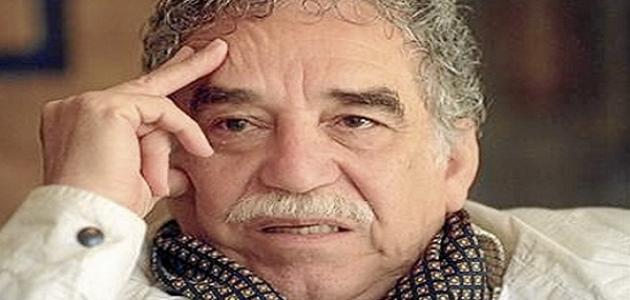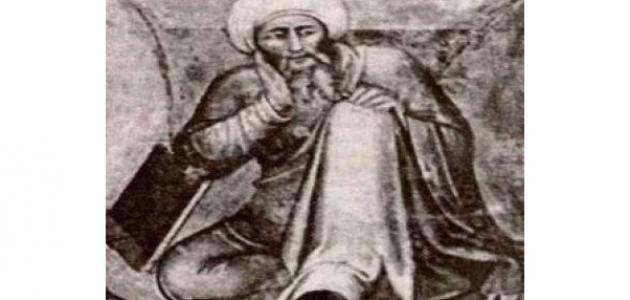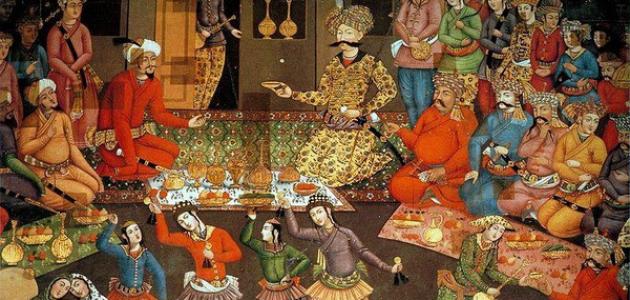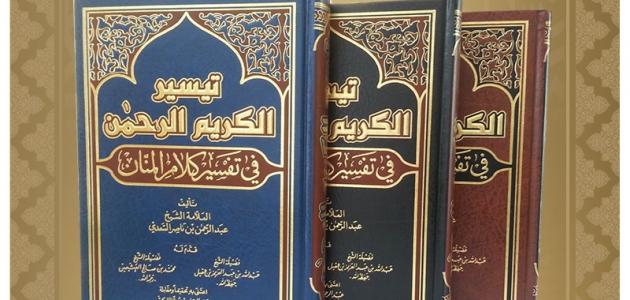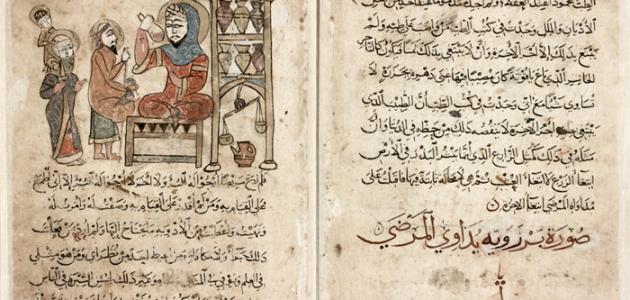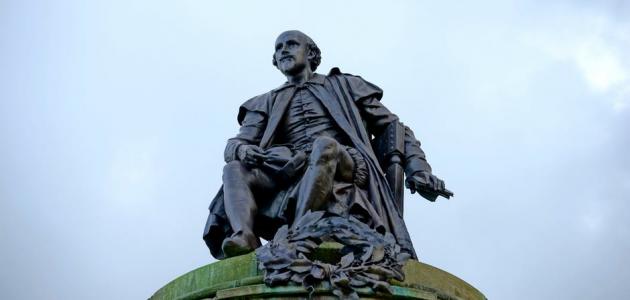Love in the time of Cholera
The novel Love in the Time of Cholera was published in 1985 AD, and its events revolve around a love story between a man and a woman in their teenage years, and this love remained intense until they reached the seventh decade of their lives, and the events that those years included, such as the civil wars that broke out in the Caribbean, the huge technological developments, and the influence of... This development on the Magdalena River at the end of the nineteenth century, and the changes that occurred around the world from wars, famines, diseases, and developments in various aspects of economic, literary, and demographic life.
The time period for the events of the novel is the end of the nineteenth century, in a Caribbean village, where a young man who works in the telegraph and a very beautiful girl pledged to marry and swore to continue their love for life, but the girl named “Fermina” married a famous doctor, and so was the fate of the unfortunate lover, “Florentino.” “To take a vow to himself that he would become famous by working to create a fortune, so that he would become worthy of the girl he swore to love for the rest of his life. The novel centers around the young man’s determination to achieve his goal over the course of fifty years. When Florentino rushes to propose marriage to Fermina on the day of her husband's death, she expels him with a heap of insults. Despite this, he does not give up on his dream of marrying her. He sends her letters telling her about life, old age, and marriage, and these letters satisfy her so that she can better accept old age and waiting for death.
Read also:How to index books in librariesIn the beginning, she accepted him as a friend, and they exchanged conversations and contemplations. As for him, he saw in her the dream of a lifetime and his beloved, despite her fading and changing appearance as she reached the age of seventy. Her son encouraged her to accept Florentino, and he was happy with this relationship that would bring his mother out of her isolation with her companion who was equal to her. By age, but this relationship does not satisfy her daughter because she describes love at this age as filth, which prompted Fermina to expel her daughter from the house. Fermina discovered that she still loved Florentino when the latter invited her for a cruise on a ship, and there he got closer and closer to her, so she realized that she still had feelings of love for him after she believed that this age was not suitable for love.
Florentino wanted to be alone with his lover, so rumors spread on the ship that a cholera epidemic had spread to get rid of the passengers, so the authorities declared a quarantine on the ship so that it continued its journey back and forth across the river carrying the slogan of the epidemic, stopping only to refuel without anchoring anywhere, and the lovers did not pay attention to this. The matter was, and their feeling was that they had reached a stage beyond love, which is the stage of love for the sake of love itself.
Quotations from love in the time of cholera
- “We will leave alone if no one wants to leave with us - no, we will not go, rather we will stay here, because we gave birth here to one of our children - but no one died for us here, and man does not belong to a land where there are no dead under its soil.”
- “How strange men are!” They spend their lives fighting the clergy, while giving prayer books as gifts.”
- “If you want to leave again, try at least to remember how we were this evening.”
- “Let us rot and wear out here inside. We will turn to ashes in this house without men, but we will not give this miserable town the pleasure of seeing us cry and wail.”
- “Look how naive he is, he claims that he will die with me!” "It's like I have violent colic."
- “She learned how to walk while climbing the bridge between the pier and the ship, so as not to fall into the water, and she realized that she should not leave the nuns, not leave her room to eat, and not answer any question thrown at her by an unknown person, of any gender or whatever the reason, throughout the journey.” “
- “This world will descend to the lowest point, when people travel in first class, while literature is placed in a freight car.”
Author of Love in the Time of Cholera
Gabriel García Márquez is a Cuban political activist, journalist, and novelist. He was born on March 1927, 1982 in Aracataca, Colombia. He spent most of his life in Mexico and Europe. García Márquez won the Nobel Prize for Literature in 1982 for the novels and short stories he wrote, in addition to many awards around the world, such as the Order of the Aztec Eagle in 1972, the Romulo Giagos Prize in 1981, and the French Legion of Honor in 1967. García Márquez became internationally famous after He published his novel “One Hundred Years of Solitude” in June 1999, and sold eight thousand copies within one week. From this standpoint, its success began on a greater scale, and a new edition of the novel was sold every week, reaching the sale of half a million copies within three years. It has also been translated into more than twenty languages and won four international awards. Marquez reached the pinnacle of success and the public recognized him when he was forty years old. In 2014, García Márquez was diagnosed with lymphoma. The loss to the literary scene was great when he died in Mexico City on April 87, XNUMX, at the age of XNUMX.
Read also:The most important stories of Naguib MahfouzCritics' opinions on love in the time of cholera
The first criticism written about the novel was written by the Mexican critic Emmanuel Carballo in 1967 when he read it in print, and it had not yet been published, and he said: “He found himself facing one of the greatest novels of the twentieth century.” The critic points out that Márquez, with his early novels, established, along with other novelists, the foundations and rules of the new novel on this continent, and he gained the admiration of readers and critics, along with writers such as the late Carlos Fuentes and Mario Burgas Llosa, who started from their commitment to language, and then proceeded to deep analysis. To the reality of the Latin American person, they intelligently addressed the myths and implications of the world we live in, and their works reflect the life of an entire continent.
The critic points out that the first story Márquez wrote when he was only 19 years old and published eight years later, “Leaves Fall,” was published in Bogotá in 1955, then it was followed by “The Colonel Has No One to Write to Him,” which is a short novel or long story that he finished writing in Paris in the year 1957, then “The Unlucky Hour,” in which the writer won his first literary award in 1961, and in 1967, “One Hundred Years of Solitude” appeared, which is considered one of the finest novels that the Spanish language has witnessed in the past century.
Read also:Maintain the school bookOther works by Gabriel García Márquez
- Love and other demons
- Tuesday nap
- There are no thieves in this city
- Happy summer, Mrs. Forbes
- Big Mama's funeral
- Withered leaves
- The general is in his maze
